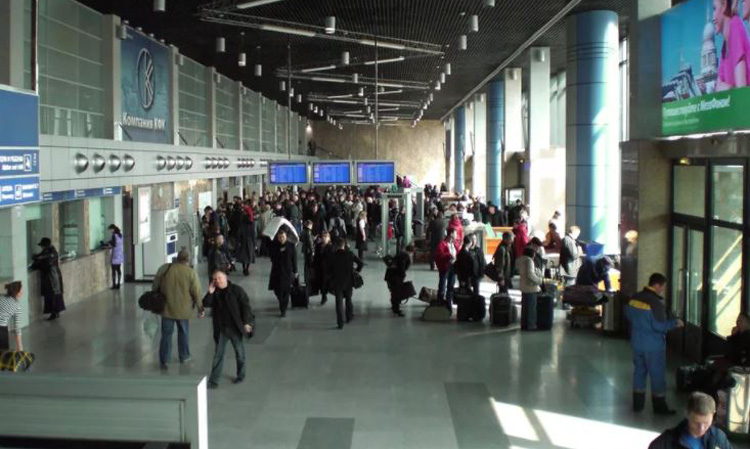What will the airports of the future look like?
Over the past few years, airports have been gradually remade by governments in order to transform the single security check into a system of tiered clearances and background checks.
This logic can bee seen at work in programs like CBP’s Global Entry and TSA’s Pre-Check, which let you pass through security lines faster if you’ve gone through the pre-clearance system in advance.
Facial recognition technology
Facial recognition is shaping up to be a big part of the system too, as the cameras and databases put in place for biometric exit start to extend to US citizens at TSA checkpoints.
That would let airport security quietly separate both low-risk passengers (if you’re in Global Entry) and high-risk passengers (if your face is on a watchlist) from the main group.
If it works, it could mean better security and less wait time, provided you can stomach the civil liberties concerns associated with algorithmically sorting passengers by risk.
But as the plan moves forward, we’re seeing all sorts of new wrinkles that most observers had never even thought about.
More types of vetting means more types of passenger (Global Entry passengers, No Fly List passengers, risky-but-unvetted passengers), and sorting through all of those passengers is tricky.
Even if you can match all of the faces to tickets, you still have to get all of them to the right security line at the airport – so the most recent development has to do with lines. This fall, Homeland Security released two new contract solicitations focused on making airport lines smarter and more complex. One focuses on measuring how long a line is, basically a thermometer for how well all of this is working.

Working on the queuing
The second one calls for ‘intelligent traveler wayfinding’ technologies to direct people through the ever-more complex lines that are clearly on the way.
Airports also may not have access to the information to route passengers to the correct location, for example, whether a passenger is a Trusted Traveler or not.
DHS would like to facilitate wayfinding by providing travelers with real-time information on how to efficiently navigate the FIS area and receive a tailored CBP inspection process based on the traveler admissibility status.
This wayfinding is envisioned to get to lane-level precision for travelers – such as delivering them to the lane for Trusted Travelers only, or a specific lane within the primary inspection area.
It is not clear what any of this will look like – although a Whole Foods checkout line would be a pretty good guess. The whole point of the solicitation is to get ideas from the private sector, so we won’t have any real proposals until responses start coming back.
Still, it suggests a strange future for airport lines. You might choose your level of pre-clearance vetting in advance, have your face scanned quietly as you approach the checkpoint, then wait for an automated system to tell you how closely you’ll be scrutinized.
And if past systems are any guide, the algorithm making those assessments will be a closely held secret.

